Want to get a Yoto device but unsure whether to get a Yoto Mini or a Yoto Player? Help is here! One of the first questions we always get asked when talking about Yoto is what’s the difference between the Yoto Player and the Yoto Mini and it’s about time we shared that online! We’ve owned our Yoto Players for nearly two years now, starting with a Yoto Player for our eldest when he turned five and adding another when his three year old sister wanted one for Christmas. Two years later and they’re still both used daily – you can read our full Yoto Player review here – so when the team at Yoto offered us a Yoto Mini to review, we leapt at the chance. Our extensive Yoto Mini review is just as comprehensive and honest as our first one, so if you’re looking for an indepth rundown, have a read!
pssssst! We have a discount code for 5% off of the Yoto Player or the Yoto Mini! Scroll to the bottom for more info…
The chances are that you’re already familiar with the Yoto concept, but for those who aren’t, before I jump into the differences and pros and cons of each model, I’ll give you a quick update on each one and then at the end, I’ll share our favourite… let’s go!
Yoto have recently upgraded their Yoto Player to the Yoto Third Generation – this means you’ll get even better sound and battery life. The facts here have been updated to reflect that. Yoto Player (third generation) also comes with a USB-C fast charger and the ability to monitor your child’s room temperature! Please note that images are of the previous Yoto Player.
Yoto Player
The Yoto Player is the main device from Yoto. It’s an 11cm cubed box that has a simple pixelated display on the front, speakers on the side and two control knobs and a card slot at the top. It’s designed to be placed on a charging dock that’s easily removed so it can be moved around the house if needed. The Yoto Player is for ages 3-12yrs old, takes all Yoto Cards and gives you full access to the Yoto App which is complete with free content such as podcasts, radio stations and soundtracks (think white noise, pink noise, countryside sounds etc!).
The Yoto Player costs £99.99 and for that you get the box itself, a charger and a blank starter card. You can then go on to purchase an Adventure Jacket case (great for added bump protection and to add a handle for carrying around) or headphones if your child is likely to want to use them. We’d really recommend the Adventure Jacket but have never felt the need to use the headphones with it. Yoto Cards retail for anywhere between £3.99 and £9.99 for individual cards or collections, with the majority around £5.99. For this you can get audio books, music, meditations, educational tales, language training and much more.
The Yoto Player can be turned on its front at night to access a nightlight function which can be set as a variety of different colours, or can be set to change colour at certain times, thus creating a sleep training clock. When upright, the front display acts as a clock or displays the chapter number and associated image of the inserted card – so it’s great even for non-readers.
What We Love About The Yoto Player
- Easy to set up
- Great app functionality allows all ‘family’ users access to cards and control of all devices
- Clock and nightlight functionality make it great for bedside tables!
- Room temperature monitors mean you can use it from baby, through to teen.
- Sleep radio and white noise functions ensure it’s useful even without Yoto Cards
- 24 hours of battery life on the Yoto Player (Third Generation) means you can play for longer!
- Lots of choice of content to suit all ages, particularly older children
What We Don’t Like About The Yoto Player
- The price is higher at £99.99, although you don’t need accessories to get full functionality
- Large for little hands to carry around
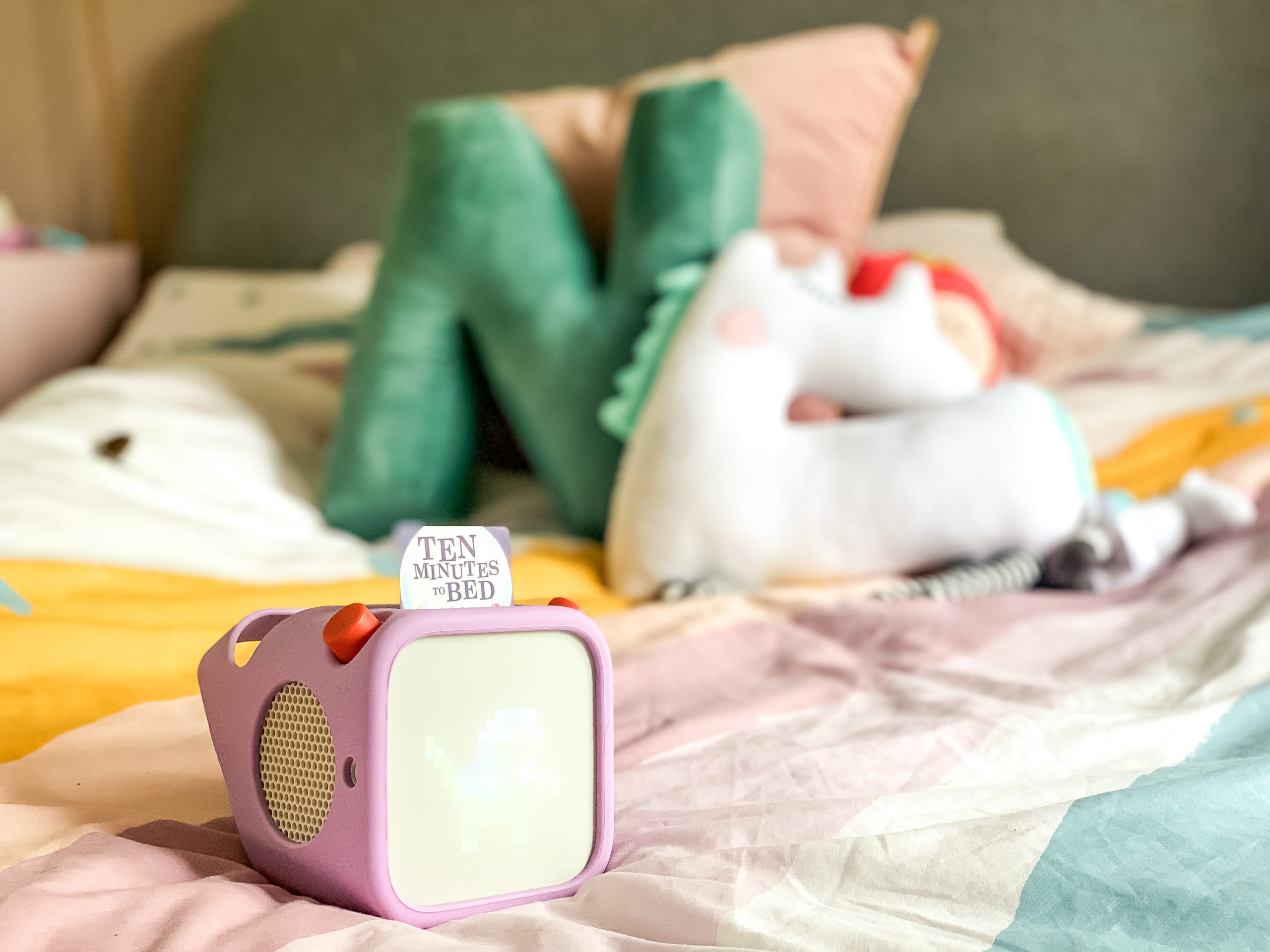
Yoto Mini
The Yoto Mini is the newer device from Yoto and is designed to be a smaller version aimed at those on the go. It’s 7 x 7 x 4cm making it small enough to fit in the smallest of hands! The Yoto Mini uses all the same functionality as the Yoto Player; there’s a very tiny display on the front, a speaker and the two control knobs. At the top is the card slot and a wrist strap is included. The Yoto Mini is also aimed at 3-12year olds, takes all of the cards and you can access all of the app features; controls, free content, podcasts etc in exactly the same way as you can with the main Yoto Player.
The Yoto Mini retails for around £59.99. In the box you’ll find the Yoto Mini, a USB charging cable (without plug), the wrist strap and a starter card. You can then go on to add the Adventure Jacket case for protection, headphones and a travel case to hold it all together when on the go. To get the most out of the Yoto Mini, we’d recommend you would want all three of these, although you can opt to use any wired headphones as it’s a standard headphone port.
What We Love About The Yoto Mini
- The price point is far more reasonable at £59.99, a massive £40 off of the main Yoto Player cost
- A whopping 20 hours of battery life between charges
- For a tiny device, the speaker is impressively loud and has good sound quality
- You still get the same access to the app, white noise, the Yoto Daily podcast, sleep radio etc, making it great value
- Huge range of cards available to purchase covering all ages
What We Don’t Like About The Yoto Mini
- The price is better but to get the best out of the Yoto Mini, we feel you’d need more accessories which edges the price upward
- No nightlight or sleep training light and the clock isn’t as accessible when in sleep mode
- No plug means you’ll need to find your own USB charging point
- The size means it’s more likely to get carried and then potentially dropped or lost so a case is definitely needed
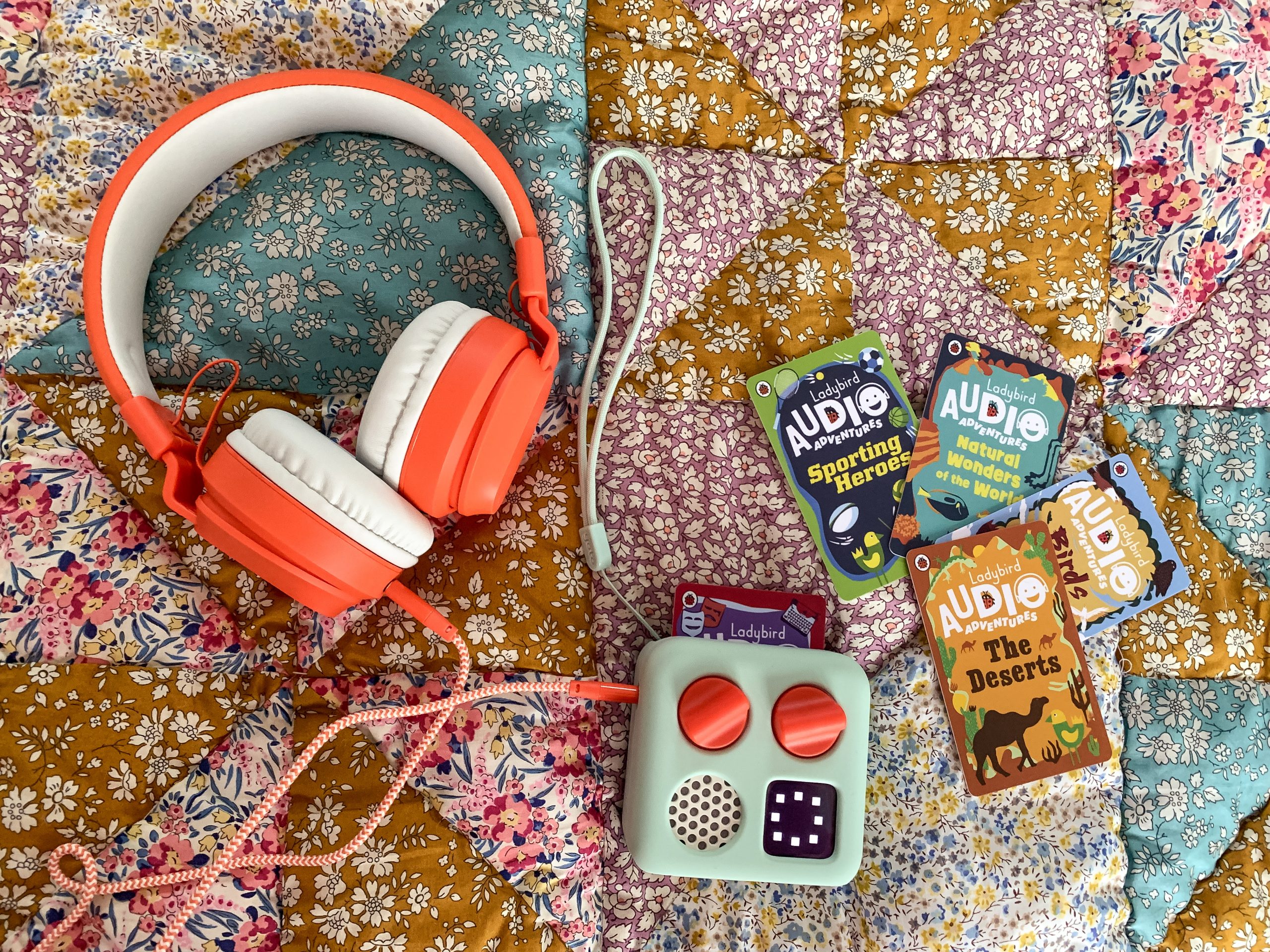
What’s the difference between the Yoto Mini and the Yoto Player?
Both the Yoto Player and the Yoto Mini use the same technology, same cards and same app. They both utilise the child (and adult) friendly knobs and allow for screen-free play. Both the Yoto Mini and the Yoto Player can be used as bluetooth speakers or can have headphones put into them. With each you also get the free card to start you off and access to all of the free content on the Yoto app. So what are the differences between the Yoto Player and the Yoto Mini?
The Yoto Player has the light on the rear of the unit, which, when the unit is turned on its face, activates as a nightlight. You can set this from a range of colours to either be the same colour all the time, or to switch between two colours at times of your choosing. This is great for children in the night, not only for the nightlight but to give them a quick reference as to whether it’s time to get up, or it’s still sleeping time. For us, the nightlight and sleep training clock was a game changer. The Yoto Player now also has improved sound, and a room thermometer, which makes it ideal for those baby years as well!
Other differences are more obvious; the Yoto Mini has a smaller speaker and screen, so the display is more limited. The Yoto Player has larger speakers and a larger front display, making it better suited if you want to use it as a clock.
Yoto Player or Yoto Mini: Which Should I Choose?
When deciding which you need between the Yoto Player and the Yoto Mini, think about where you envision your family using it. Is it something that you want them to use in the home, or something that you’re hoping they’ll use on the go? Do they like finding a quiet spot around the house or listening to stories as they fall asleep? If you’re more likely to use it in one place in the home then we’d suggest the Yoto Player (the bigger box) is the best suited to you. For on the go, it’s got to be the Yoto Mini. If they’re likely to mostly use it falling asleep or in one room, we’d opt for the Yoto Player, or if you see them taking it around the home with them, the Yoto Mini may be better.
Whilst both boxes are aimed at the same ages, 3-12 year olds, our personal feelings are that the bigger Yoto Player is best suited to the children at the younger end of the scale, all the way up to 12. For us, the Yoto Mini feels more suited to a slightly older age whereby they can be more trusted to handle it and carry it around safely. The Yoto Mini evokes a walkman style vibe for us, which, whilst still great for those at all ages, feels more suited to older years.
Don’t forget, the Yoto Player can be used out and about. If you’re using it on the go or moving around the home we’d recommend an Adventure Jacket for ease of carrying (it has a handle!). Headphones can easily be fitted for use in the car. Likewise, the Yoto Mini still works as a good (pretty loud!) stand alone unit and can easily be left on a bedside table or in one place, meaning you can use it in exactly the same way as the Yoto Player. It’s cheaper, making it a more accessible unit, and if you’re unlikely to use the nightlight then it offers all of the same functionality!
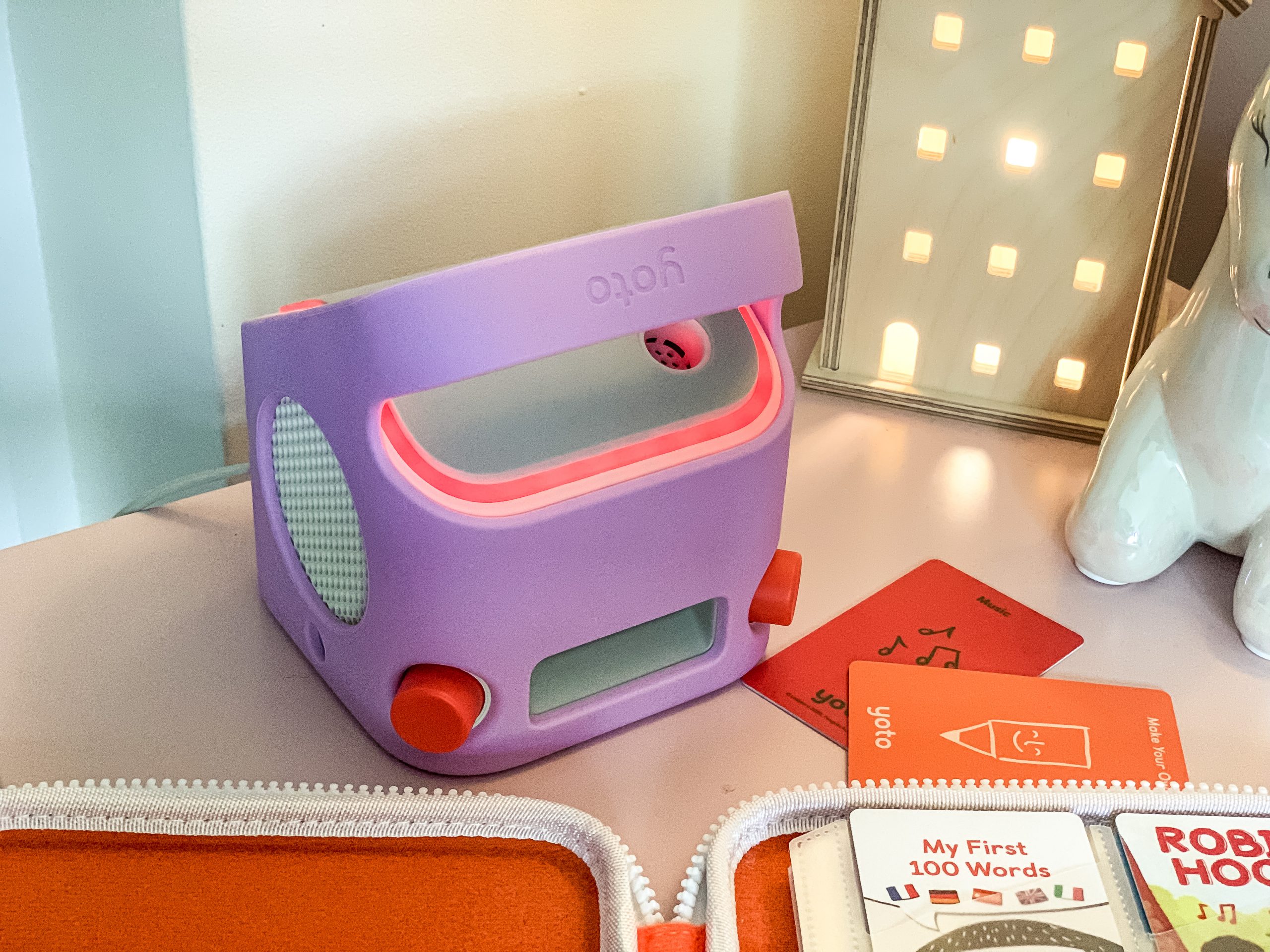
Which Is The Best: Yoto Mini or Yoto Player?
It’s really close but if we had to recommend one between the Yoto Mini and the Yoto Player, we’d recommend starting with the Yoto Player. Yes, it’s bigger and slightly less portable, but we think the nightlight and larger display make it perfect for bedrooms, giving your child independent access to music, stories and podcasts in their own space. It’s a little more expensive, but we feel it’s a great investment that will last them from three years of age upward!
Yoto Player and Yoto Mini Discount Code!
We have a discount code. Buy from Yoto and use the code AFF-DEVONMAMA5 for 5% off of your Yoto Player or Yoto Mini!
To buy direct from Yoto, click here for the Yoto Mini and here for the Yoto Player.
To find out more about each item, you can find our full reviews here for the Yoto Mini and Yoto Player.

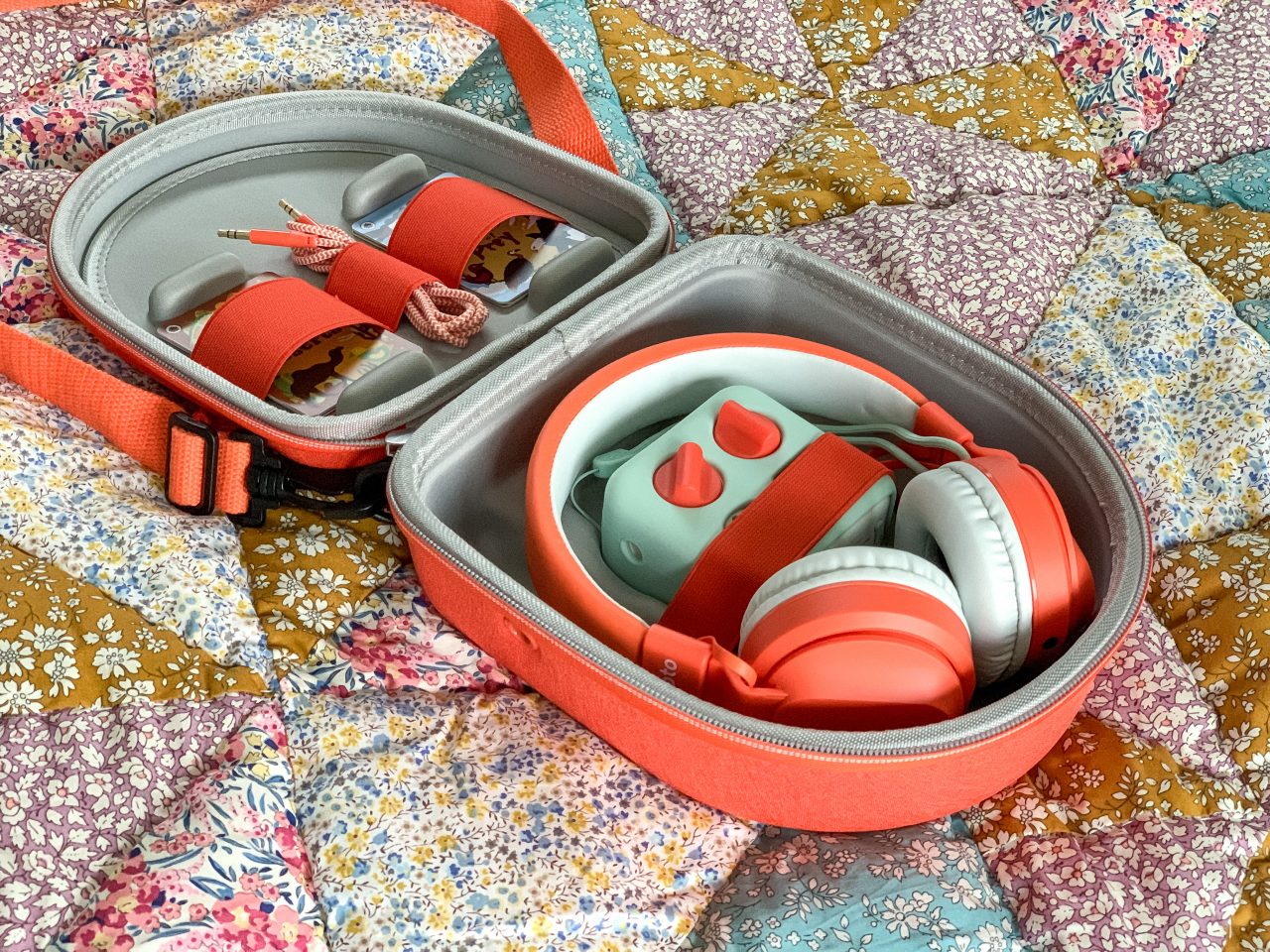


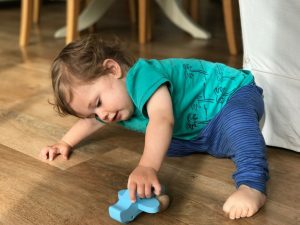

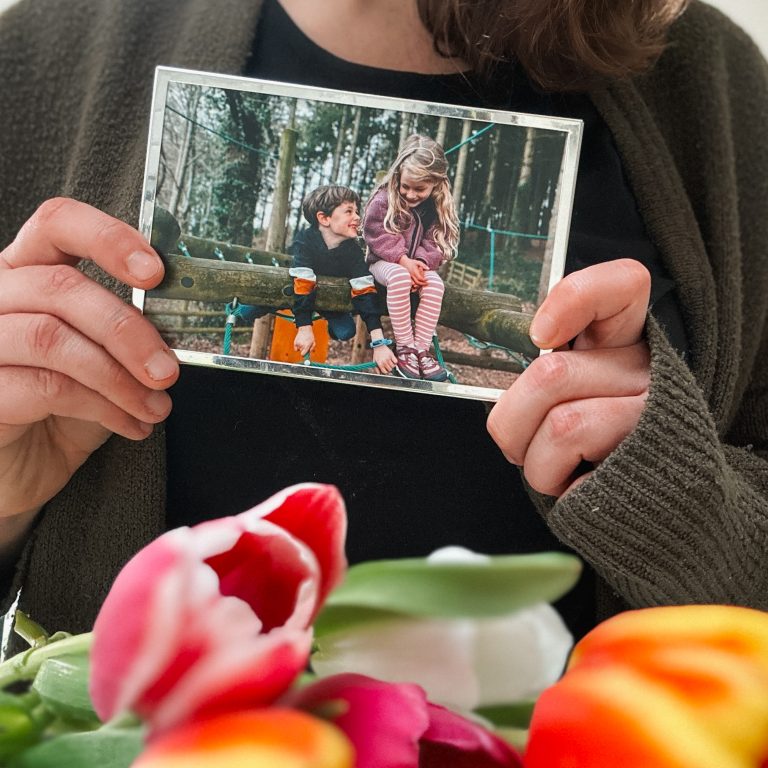




No Comments